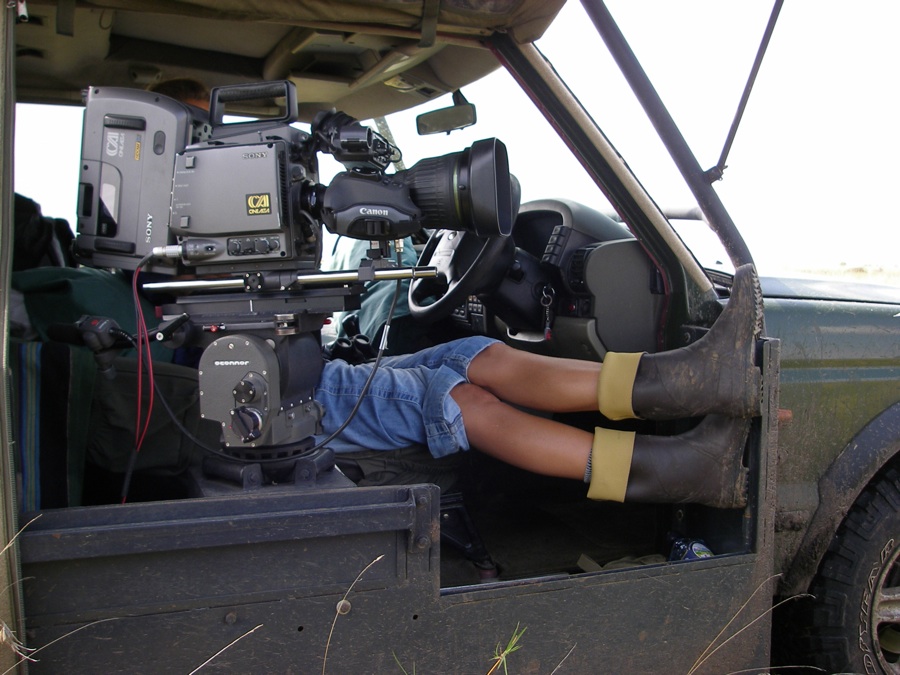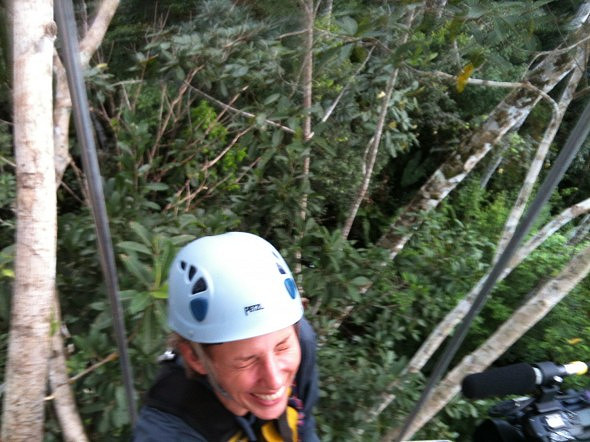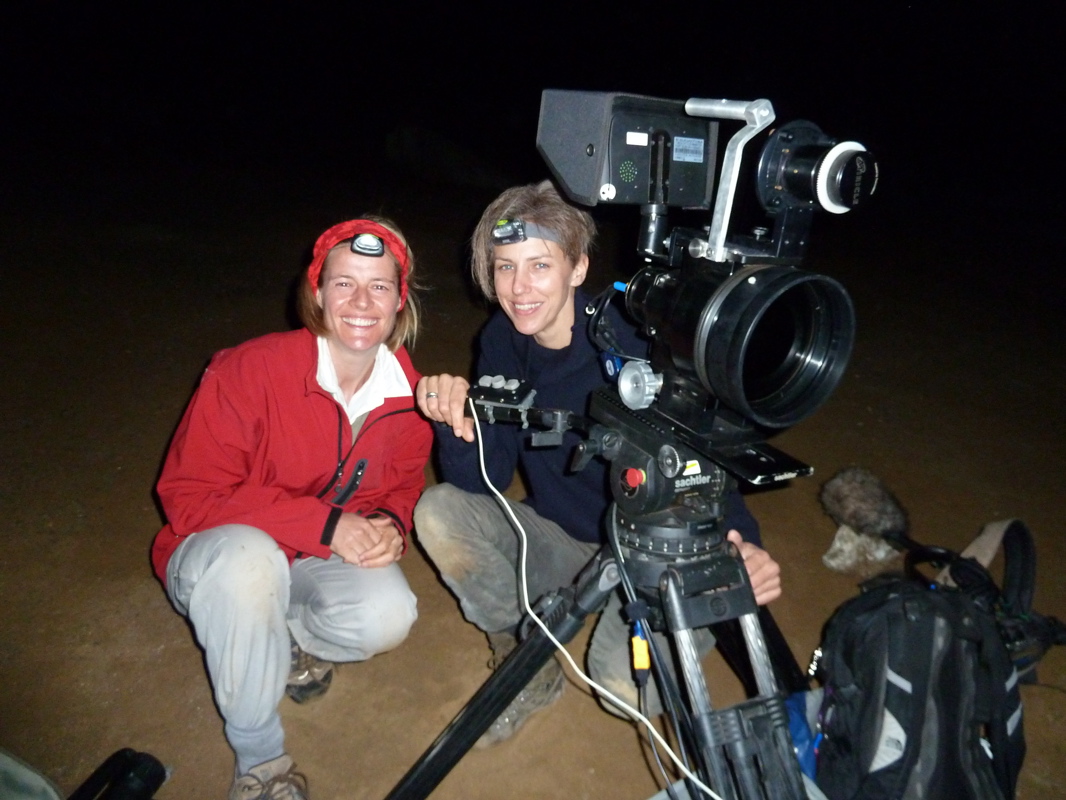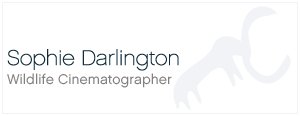Wildlife Film Making as a Career
If you’re reading this page, no doubt, you’ll have already worked out that this isn’t the easiest line of work to get into. It may also help to know that I mainly do long lens/hispeed camerawork and therefore tend to work by myself or with as small a team as possible, from a hide or vehicle, in order not to disturb the wildlife. Camera people that work with rigs, doing synch sound, mo-co or time-lapse may well work in larger crews.
I get quite a few emails asking for work experience or offering to assist/apprentice or shadow. Before you send one please read on…
There’s no doubt being a wildlife filmmaker is a grand line of work. If you’re interested – properly, deep down fascinated – by natural history then this may well be the career for you. It’s worth bearing in mind that you also have to be happy to spend hours, days and sometimes months being incredibly uncomfortable, away from friends and family, having trips cancelled at a moments notice and being prepared to while away much of your life in airports with tons of kit or wedged in some sort of flying contraption whilst losing the use of your legs!
So if you can wheel three trolley’s at once, enjoy being a freelancer – we’re all freelancers – not washing, being bitten, deprived of sleep and no one really knowing where you are one month to the next, you’re on the right track!
Please note that this page has not been edited since COVID and so things have changed somewhat but the principles remain!

Wellies, the essential and glamorous part of any wildlife filmmaker’s kit.

A sense of humour is vital.
Sadly as budgets seem to be growing ever smaller and I rarely work in the UK, plus the very nature of the work and being a freelancer it’s unlikely I can help, I’ll always try to respond to emails (NB: as long as they’re not offering to carry our bags, assist or shadow, I can’t help there sorry.) however as I’m often abroad it may take a while or would be happy to meet for a cuppa if you’re in my neck of the woods when I’m home & if schedules allow). With that in mind…as with most jobs there are many routes in from studying zoology or conservation, film school, as a runner/film logging/researcher at a production company, a bursary, specialised courses like the MA run by NFTS or more general courses WildEye or the University of the West of England or like me slowly working your way up and into the industry through much coffee making and basically being willing and able to do the most menial of jobs with a smile at all times.
At the risk of being blindingly obvious I would say that the most important thing is to have a genuine love and interest in nature. I don’t think it matters a damn if you’re a man or a woman – yes you have to carry kit but more often than not the real physical drain is the lack of exercise! After that a large dose of self sufficiency is mandatory as well as the ability to work in a team as you’ll be doing lots of both. The more you have to show in the way of show reels, photos and experience the better – shoot and edit your own material, you’ll learn more about how to tell a story, story is everything. Keep your show reel short – people don’t have half an hour to watch something, keep it to less than three minutes and accompanied by a good concise CV you’re much more likely to get noticed. Someone who can wire a plug, Heath Robinson a hide from some gaffer tape and an old towel or get a Landrover up and running has a better chance than the person who has watched a few Youtube clips or read an entire library of film-making tomes but has never shot a minute of footage. Oh and an understanding of the ever changing world of post production, data management and what’s happening in technology doesn’t go amiss either!
The International Association of Wildlife Filmmakers is an good place to see whose doing what and where. You may wish to visit the Natural History Network where there is a newcomer’s page, as well as being an organisation that provides news from the business, features and events about our industry.
WildFilmHistory has a interesting website with pages on ethics and, funnily enough, history.
Finally some other cameramen / women have excellent pages with their advice which are well worth reading.
Sophie Darlington.

…and you get to play with some very nice toys, this the Ammonite thermal camera on location in Chile, with Director Susanna Handslip!


